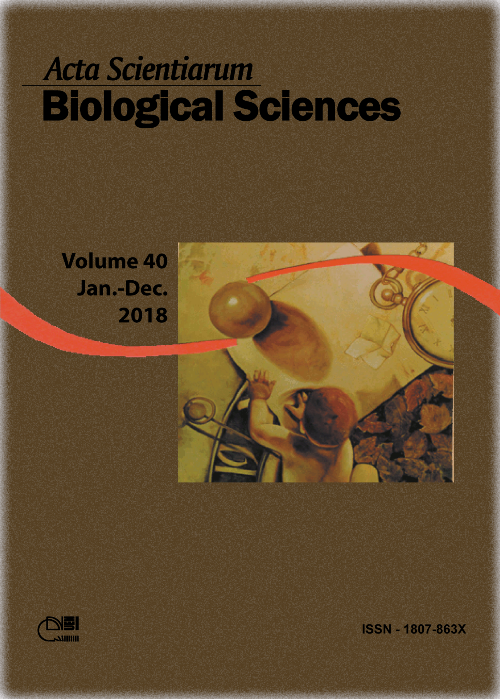<b>Behavior of α-tomatine and tomatidine against several genera of trypanosomatids from insects and plants and <i>Trypanosoma cruzi
Resumo
Glycoalkaloids are important secondary metabolites accumulated by plants as protection against pathogens. One of them, α-tomatine, is found in high concentrations in green tomato fruits, while in the ripe fruits, its aglycone form, tomatidine, does not present a protective effect, and it is usual to find parasites of tomatoes like Phytomonas serpens in these ripe fruits. To investigate the sensitivity of trypanosomatids to the action of α-tomatine, we used logarithmic growth phase culture of 20 trypanosomatids from insects and plants and Trypanosoma cruzi. The lethal dose 50% (LD50) was determined by mixing 107 cells of the different isolates with α-tomatine at concentrations ranging from 10-3 to 10-8 M for 30 min at room temperature. The same tests performed with the tomatidine as a control showed no detectable toxicity against the same trypanosomatid cultures. The tests involved determination of the percentage (%) survival of the protozoan cultures in a Neubauer chamber using optical microscopy. The LD50 values varied from 10-4 to 10-6 M α-tomatine. Slight differences were detected among the LD50 values of the analyzed samples, and none of them showed evidence of resistance to the action of tomatinase, as shown by some pathogenic fungi.
Downloads
DECLARAÇÃO DE ORIGINALIDADE E DIREITOS AUTORAIS
Declaro que o presente artigo é original, não tendo sido submetido à publicação em qualquer outro periódico nacional ou internacional, quer seja em parte ou em sua totalidade.
Os direitos autorais pertencem exclusivamente aos autores. Os direitos de licenciamento utilizados pelo periódico é a licença Creative Commons Attribution 4.0 (CC BY 4.0): são permitidos o compartilhamento (cópia e distribuição do material em qualqer meio ou formato) e adaptação (remix, transformação e criação de material a partir do conteúdo assim licenciado para quaisquer fins, inclusive comerciais.
Recomenda-se a leitura desse link para maiores informações sobre o tema: fornecimento de créditos e referências de forma correta, entre outros detalhes cruciais para uso adequado do material licenciado.












1.png)




3.png)













